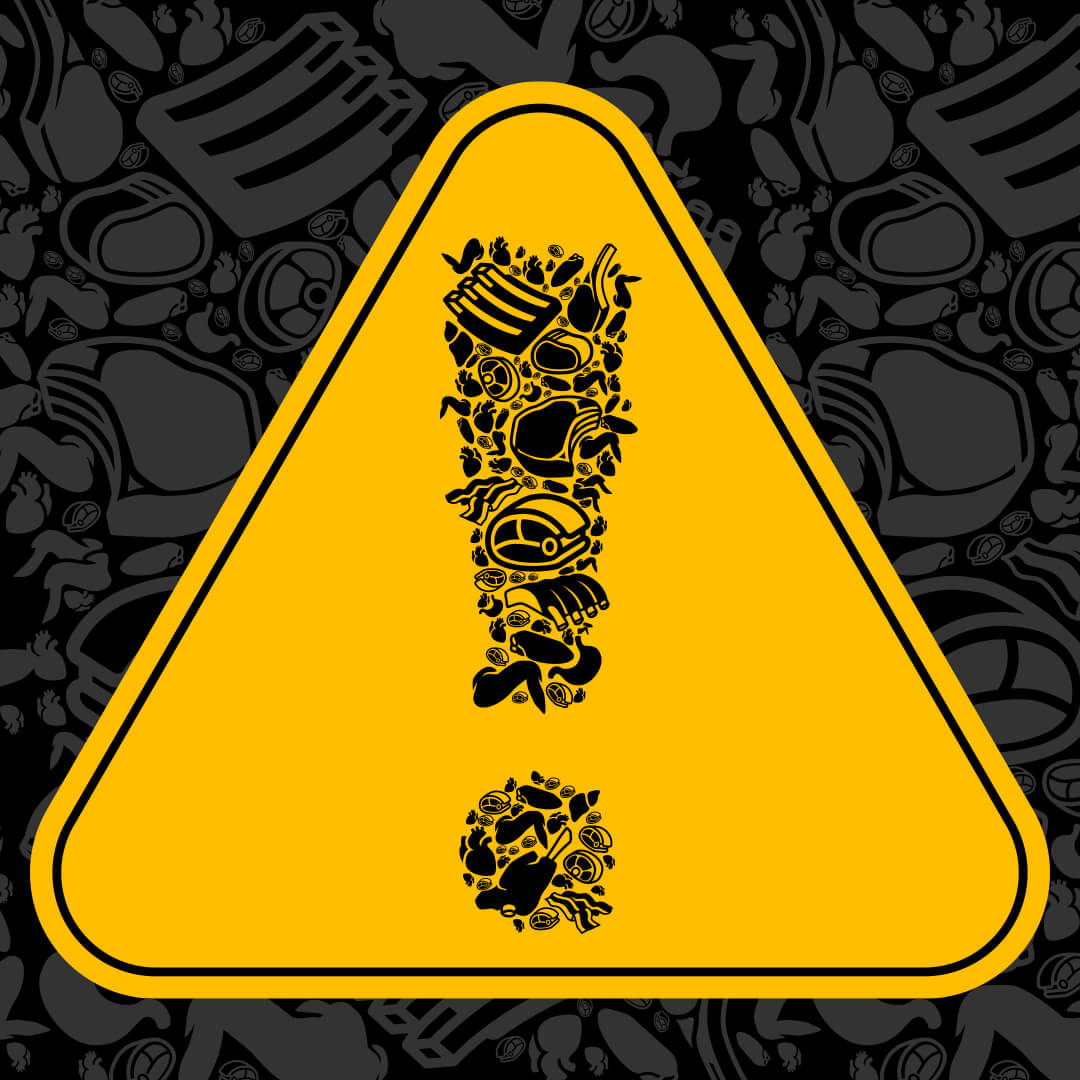Metabolism is the engine that powers life
Every living cat is powered by a continuous stream of microscopic chemical reactions. Together, they form metabolism: the internal engine that converts food into energy, builds tissue, clears toxins, and keeps every system working in balance. This engine never rests. It must be fuelled with the right ingredients and supported with the right care, or the whole body begins to suffer.
At 3coty®, we design food from the inside out. That starts by understanding feline metabolism: how it works, why it’s different, and what it really needs.
What is metabolism?
Metabolism is the sum of all chemical processes that keep the body alive. These include breaking down nutrients, building and repairing cells, and maintaining homeostasis. In other words, metabolism makes life happen, from a heartbeat to a healing wound.
It is usually divided into two broad categories:
Catabolism – the breakdown of nutrients and molecules to release energy
Anabolism – the construction of complex molecules like proteins, enzymes, and tissues from simpler building blocks
In cats, catabolism is especially important for energy. Their bodies rely heavily on the breakdown of protein and fat to produce fuel. Unlike other species, cats do not effectively burn carbohydrates for energy. Instead, their metabolic engine is tuned to run on animal tissue. Even when resting or fasting, their bodies continue to break down protein, which is why they need it constantly.
Anabolism, on the other hand, is responsible for building new structures, such as muscle, skin, enzymes, hormones. It’s especially active during growth, healing, and regeneration. Without the right nutrients, particularly amino acids from animal protein, these vital processes slow down.
Together, catabolism and anabolism allow the body to grow, adapt, recover, and stay balanced. A healthy metabolism is a quiet, constant rhythm. When it falters, health problems soon follow.
The feline metabolism is unique
A cat is not a small dog or a tiny human. As an obligate carnivore, every part of its metabolism is built for one thing: processing meat. Over millions of years, cats have evolved an internal system that runs almost entirely on animal protein and fat. This is not just a preference but a biological design. Their digestive tract, their enzymes, and their liver pathways are tuned to extract maximum benefit from meat, while carbohydrates are largely ignored or create extra work for the body.
This is the most important fact to understand about feline health. Unlike other species, cats cannot adjust their metabolism to conserve protein. Even when fasting, their bodies continue to burn protein for fuel. There is no “protein saving mode.” This means protein must be supplied constantly and in sufficient quality.
When it is missing, the body begins breaking down its own muscles to survive. Plant based diets or low protein formulas do not simply fail to nourish a cat. Over time they can cause real harm. The first signs may be a dull or thinning coat, loss of muscle tone, slower healing after injury, or a drop in energy. Inside the body, the heart, liver, and immune system may begin to weaken. If the deficiency continues, the risk of serious disease such as heart problems, impaired vision, and organ failure increases. By the time these symptoms are visible, the internal damage may already be advanced.
Cats are also unable to create certain essential nutrients from substitutes. Taurine, vitamin A, and arachidonic acid must come from animal sources in a form their bodies can use immediately. Their metabolism expects these nutrients to arrive ready made from meat. Without them, vital systems begin to weaken such as the eyes, the heart, the skin, and the immune system. The damage can build quietly until it becomes serious.
This extreme specialisation is the reason a species appropriate diet matters so much. The feline metabolism is not adaptable in the way a dog’s or a human’s is. It does not respond well to compromise. Give it exactly what it was designed for and it runs with effortless precision. Give it something else and it struggles every single day.
What affects a cat’s metabolism?
The core of metabolism is defined by the species, but its function changes with life. Kittens grow quickly and burn through nutrients at a high rate. Senior cats may slow down, but require more targeted nutritional support. Hormones, illness, recovery, and even environment can affect how well the body uses what it eats.
But the greatest influence on metabolism is diet. Food can support or disrupt this internal balance. A species-appropriate, meat-only diet works with a cat’s metabolism. Processed foods, added sugars, and grains work against it, leading to inflammation, excess weight, or internal stress.
Feeding metabolism the 3coty® way
We don’t add unnecessary ingredients to our food. We add what cats need, and nothing else. Every 3coty® recipe is based on whole meat and natural animal fat, with no carbohydrates, no fillers, and no additives that confuse the system.
Our recipes are designed to match the feline metabolism. They provide clean energy, support muscle maintenance, and give the body what it needs to heal and thrive. Whether for kittens, adults, or older cats, each product is adapted to specific metabolic demands.
When the food fits the metabolism, everything works better.
When metabolism struggles
Cats are more metabolically specialised than dogs or humans. Their internal systems are not only adapted to meat, but they’re dependent on it. This sensitivity is the result of their evolutionary history. While dogs have adapted over thousands of years to live alongside humans, cats were domesticated much later. Their metabolism remains close to that of their wild ancestors: precise, efficient, and designed for animal protein and fat.
Metabolism is a series of biochemical reactions, processes that occur inside living organisms to convert nutrients into energy and maintain vital functions. These reactions are regulated by enzymes, influenced by genetics, and affected by diet. In cats, they work best when supported with biologically appropriate food.
When the metabolism is not supported, early signs may appear gradually. A cat might seem more tired than usual, gain or lose weight without explanation, or develop coat issues. These small signs suggest that internal balance is beginning to shift.
A struggling metabolism can lead to:
- Unexplained weight gain or loss
- Low energy or lethargy
- Dull coat or increased shedding
- Inconsistent digestion or bloating
- Slower recovery from illness
More serious consequences include chronic metabolic diseases such as diabetes, hyperthyroidism, and hepatic lipidosis. These conditions are not simply bad luck. They are often linked to long-term dietary stress and poor nutritional support.
Identifying and addressing metabolic stress early is one of the most effective ways to protect long-term feline health.
Why it matters
Metabolism connects every part of your cat’s health. It governs how nutrients are used, how energy is created, and how the body defends and repairs itself. It is invisible, but its effects are everywhere.
A supported metabolism means better energy, smoother digestion, faster recovery, stronger muscles, and clearer skin. It means fewer health problems, and a longer, better life.
That’s why at 3coty®, we focus on metabolism. Because when we feed what the body expects, the results speak for themselves.
Did You Know?
Where does the word “metabolism” come from? The word comes from the Greek metabole, meaning “change” or “transformation.” It was first introduced into scientific language in the early 19th century when researchers began to understand that the body’s internal processes followed chemical laws. Since then, metabolism has become one of the most studied foundations of health.
How long does it take a cat to metabolise its food? A healthy cat on a meat only diet can begin digesting and metabolising food in as little as 12 to 16 hours from intake to full elimination. The process is efficient and streamlined when the food matches what the cat’s body expects. When carbohydrates are introduced, digestion slows significantly. Plant starches are poorly processed and can remain in the gut for up to 24 to 36 hours. This delay can contribute to bloating, fermentation, and gut imbalance, especially in cats that are not adapted to digesting them.
Cats burn protein for energy even during fasting. Unlike dogs or humans, cats do not have a “protein saving” mode. Their bodies continue to burn protein for energy even when calories are restricted. This is why meat must always be present in the diet.
The feline liver never switches to carbohydrate metabolism. Cats lack the liver enzyme glucokinase, which in other species helps manage glucose spikes. This makes carbohydrate based diets stressful for the feline system and increases the risk of insulin resistance and diabetes.
More than 200 enzymes are involved in digestion and metabolism. Each of these enzymes requires specific nutrients that are found only in animal tissue. A deficiency in even one of them can affect the entire system.






